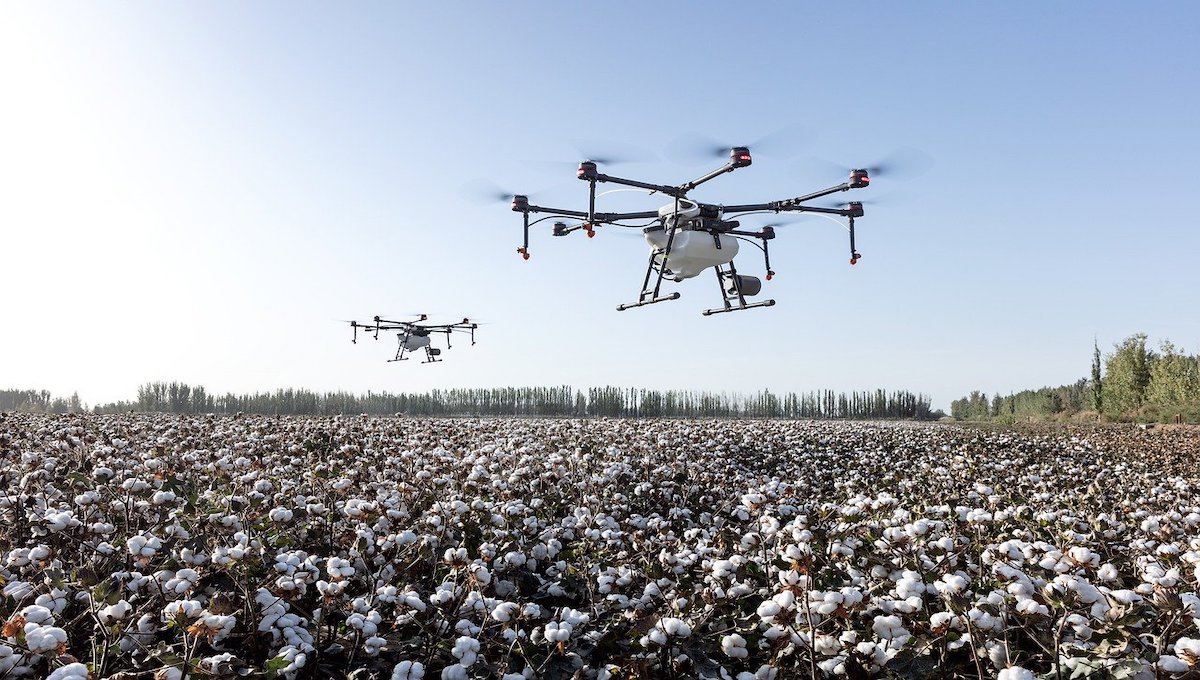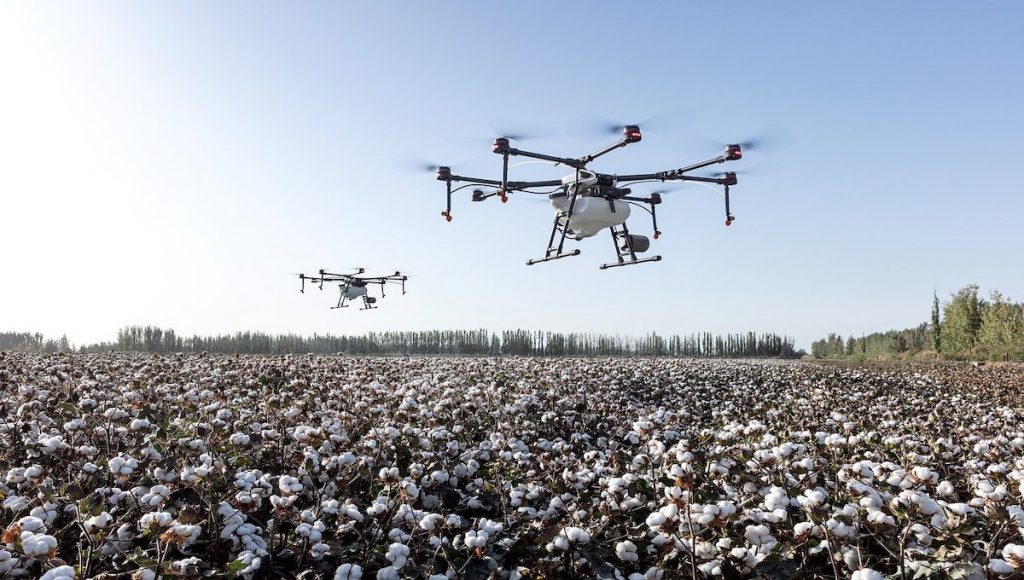With the spread of COVID-19, few essential changes have been introduced to social behaviors. Whilst we often consider them as exaggerated, they are required to lower the rate of transmission and avoid overwhelming national healthcare systems. The Covid-19 pandemic has demonstrated not only that drastic measures are essential, but also that we urgently need to use the newest technology. Let’s take a look at Drones Vs. Covid-19

The most innovative measures across the globe
Across the globe, cutting-edge technology was used to efficiently knack Covid-19 over. Means include using 3D printers to produce face shields and ventilators, deploying hospital robots to transport equipment and protect doctors and nurses from the virus. Not less important are drones. For example, In India, the government is using drones to sanitize public spaces in areas with confirmed cases, such as hospitals and metro areas. They use 300 drones across the state to spray a disinfectant solution approved by the WHO. On the other hand, in France, Italy, and Spain, authorities use drones to monitor social distancing and enforce coronavirus restrictions with loudspeakers. With nearly 70,000 tests conducted so far, Ghana has one of the highest testing rates in Africa. How do they distribute them? Easy to guess, with drones! Drone delivery, sanitization, and enforcement measures enable a quicker response to the pandemic and help save lives.
Drones’ use in America
Where some of the similar actions taken by the government of the United States? These widespread protective measures just wait to be successfully copied. As for now, the challenge many businesses, nonprofits, and local authorities face is regulatory approval. The Federal Aviation Administration’s Part 107 rules for unmanned aerial systems include flying below 400 feet, in altitude within visual line of sight, during daylight hours. The FAA enables near real-time airspace authorization for flights that comply with these rules, but a Part 107 waiver is required to operate drones at night, over people, or beyond visual line of sight. Problems arise as these advanced operations are often core to missions that can help fight the coronavirus pandemic.
Official requirements
Nearly 4,000 waivers were granted for advanced drone operations since the Part 107 rules’ implementation in 2016. At the same time, less than 200 were permitted for flights over people or beyond visual line of sight. Naturally, there is a reason for that. Regulators need assurances regarding the safety and security of the airspace. Commercial drone operators must prove that they are equipped to minimize risks and manage unforeseen circumstances. It couldn’t be underlined more how complicated it is to assure officials that we are not going to cause troubles up there.
Issues with low altitude airspace
At low altitude airspace, we aren’t provided with the air traffic services. Operators must be well-equipped, in order to plan, execute, and adapt their flights, as changes occur in the airspace. They are obliged to monitor regulatory dynamics (like temporary flight restrictions) as well as local conditions (like weather shifts), ground risks, and temporary objects (like construction cranes). Moreover, they need to monitor airspace traffic to maintain separation from other aircraft, including drones, helicopters, and planes. Not to mention, they need to protect their drones from a hardware malfunction and cyber threats that could put public safety in danger.
This long list of responsibilities understandably feels daunting. Fortunately, this is where AI enters to help. Being the key to analyzing crucial data (such as weather forecasts), ground risks, and vehicle performance, selecting the right drones for each mission, generating the safest flight paths, and autonomously adapting flights as conditions change – AI perfectly plays its role. Moreover, by being able to recognize hazardous objects, it’s critical to detecting and avoiding obstacles that otherwise would pose a danger to unmanned flights.
The USA is known for its technological innovation and entrepreneurship
An AI-based approach, in aircraft safety, enables to analyze sensor data, across a drone fleet, and predict maintenance needs, before a failure occurs. From a security standpoint, AI can protect drones from previously unseen zero-day attacks that traditional anti-malware wouldn’t detect. Artificial intelligence can help fill the gaps in today’s airspace systems. It minimizes the responsibility put on drone operators, and it provides the safety and security assurances that regulators need when considering waivers for Covid-19 drone missions. It’s important to consider every option that can help fight the global crisis.






